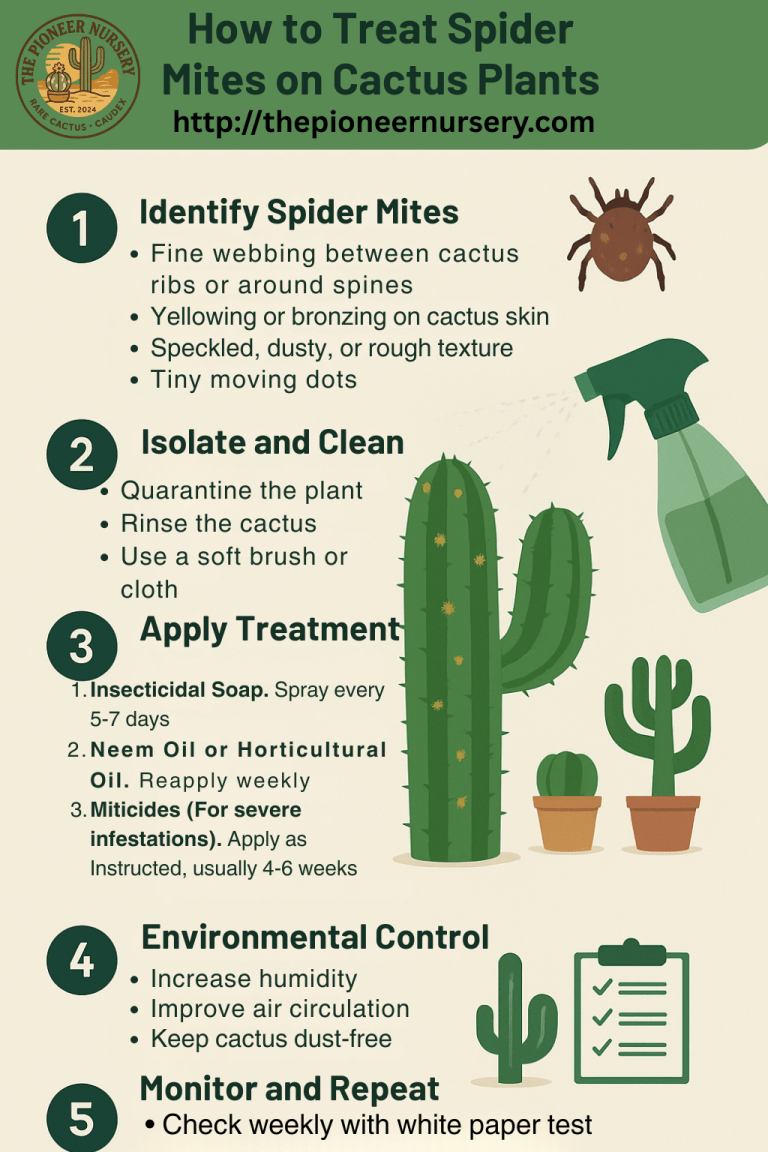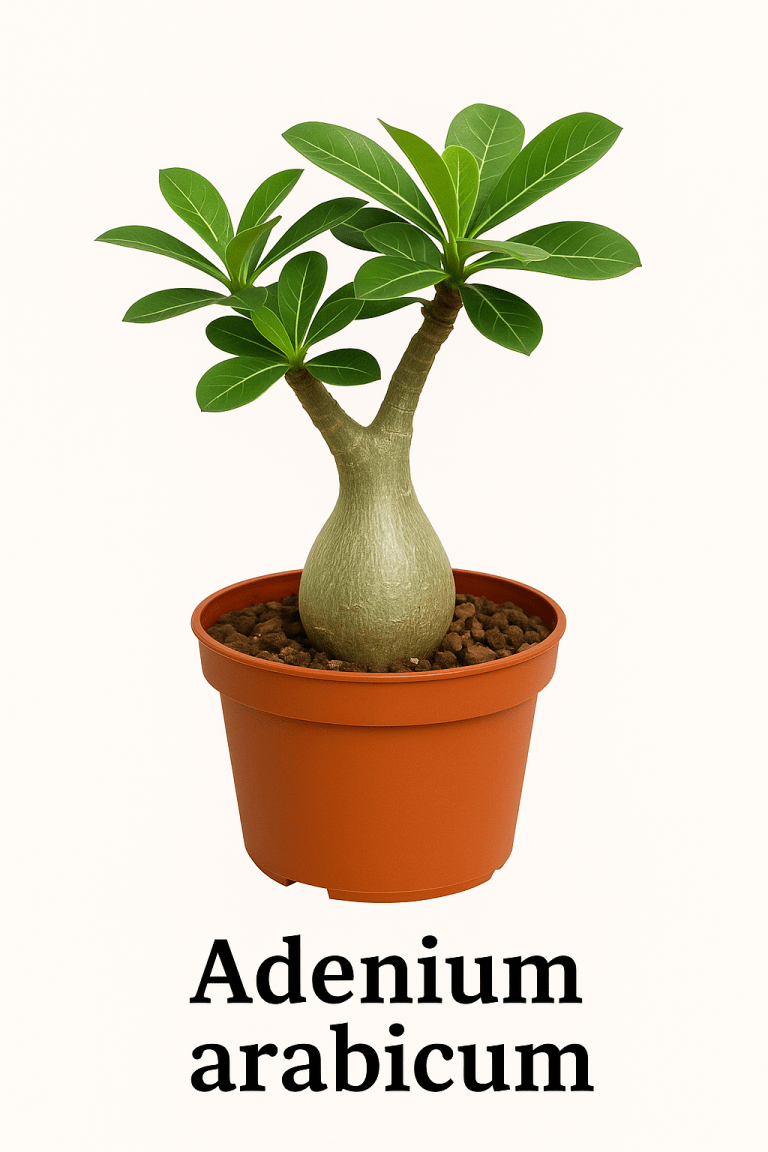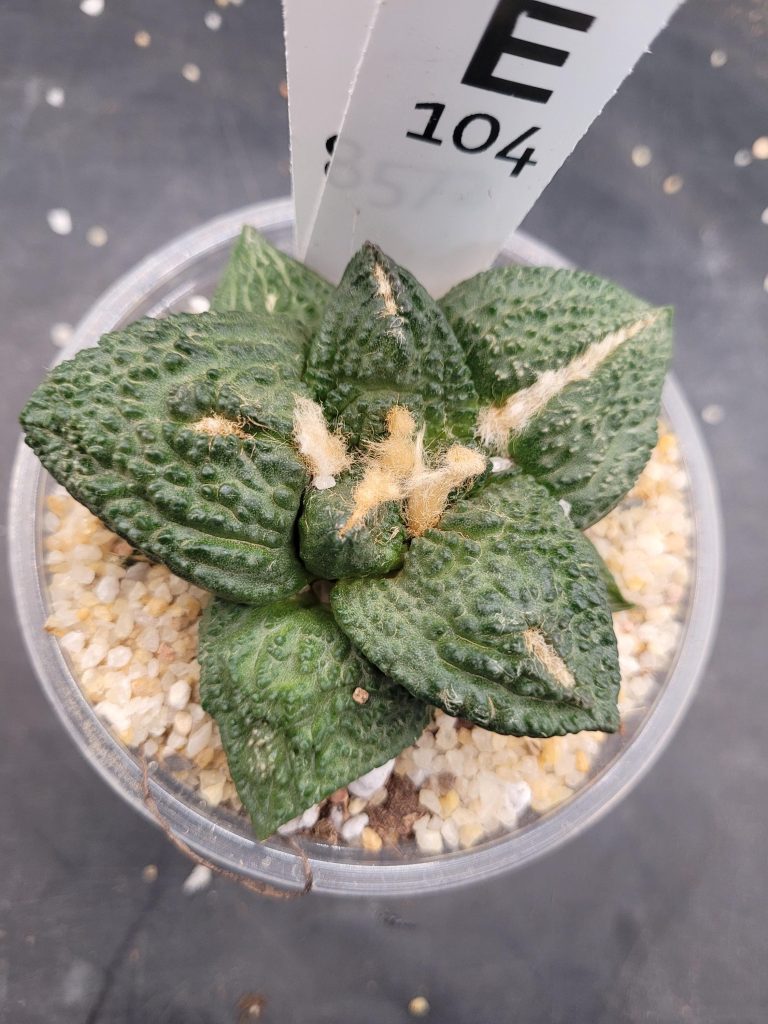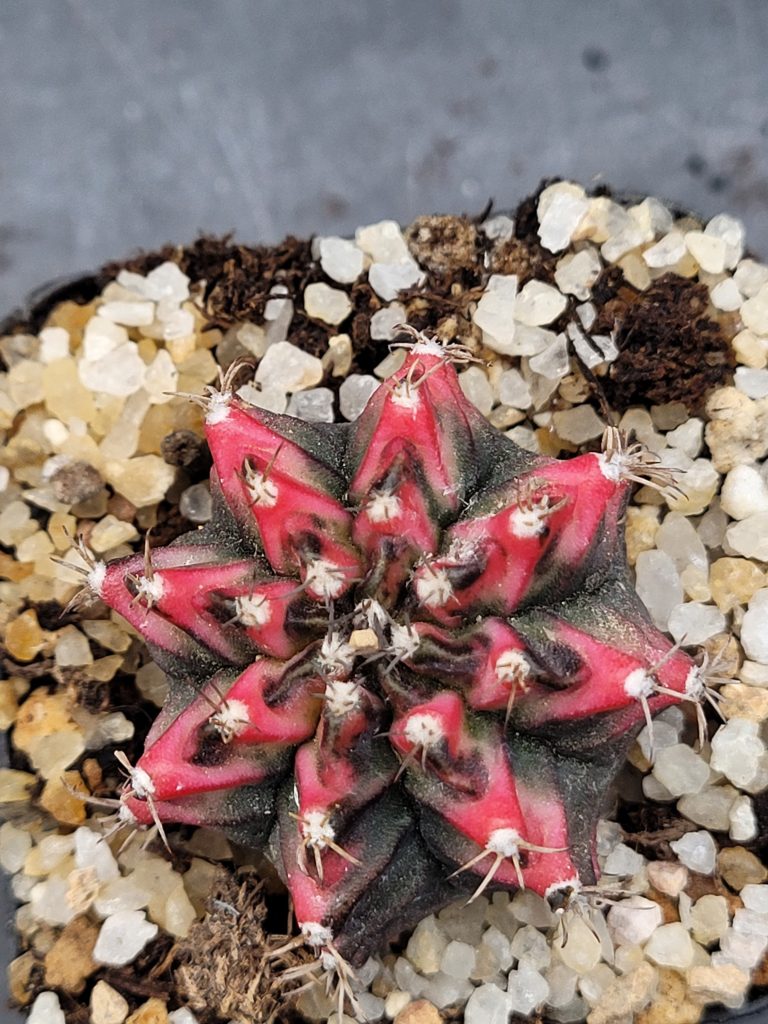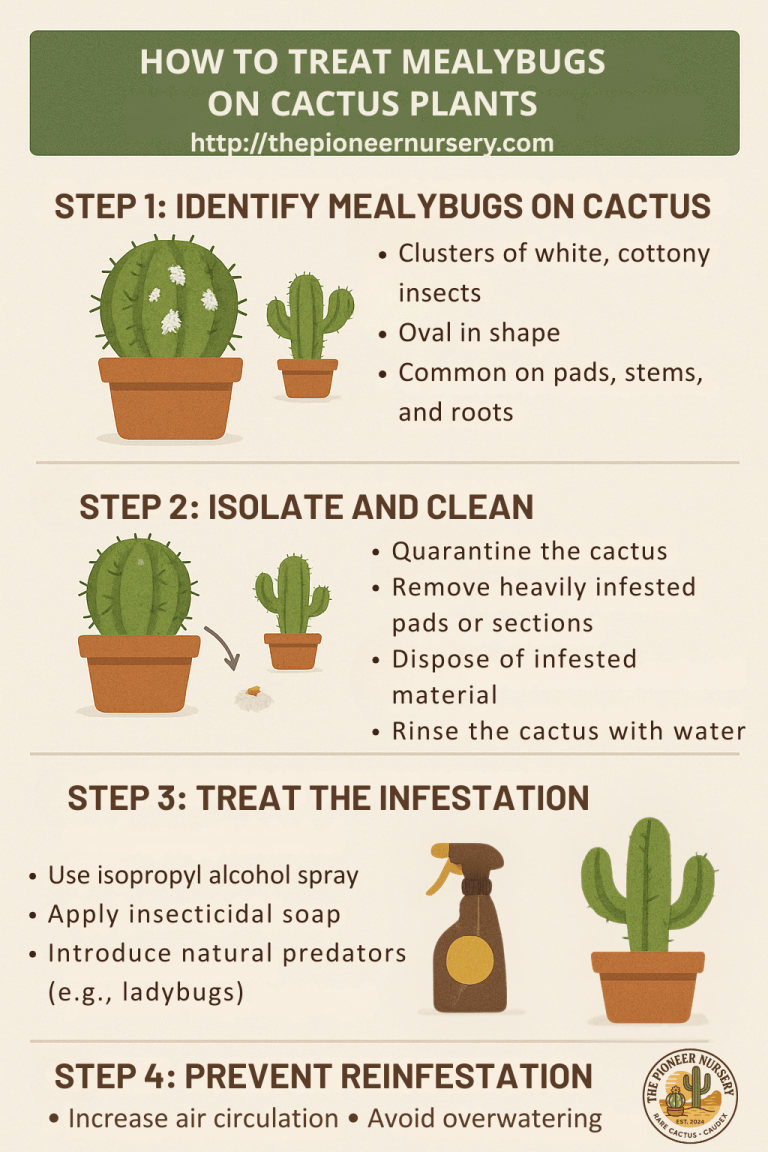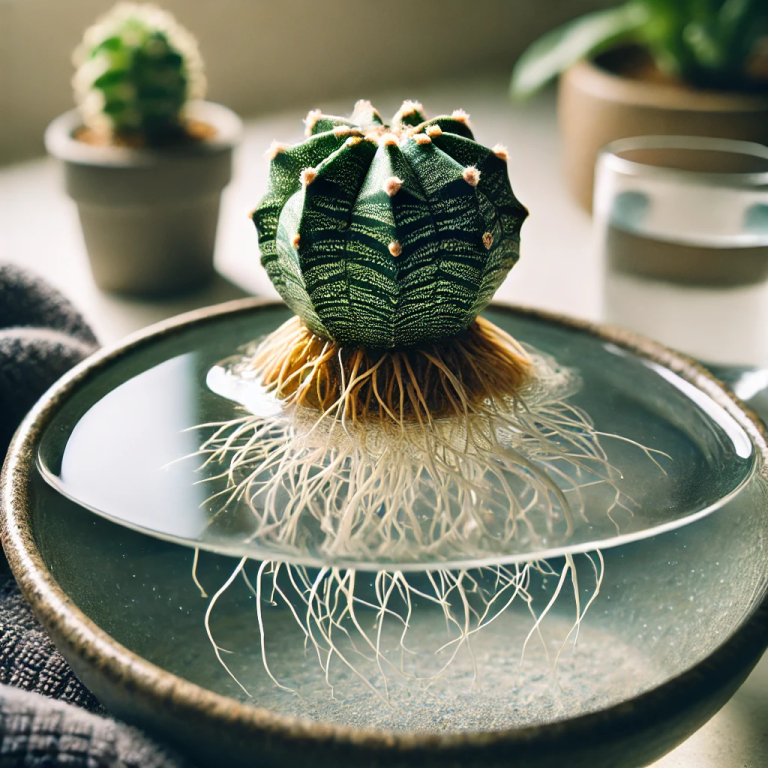If you’re on the lookout for a cactus that truly stands out, Astrophytum Capricorne might just be the perfect pick. Affectionately dubbed the “Goat’s Horn Cactus,” this striking succulent captivates collectors and newcomers alike with its long, twisting spines reminiscent of curled horns. Add in its potential to produce large, satiny flowers, and you have a low-maintenance showstopper for any indoor or outdoor display. In this blog post, we’ll explore what makes this cactus unique, and how you can help it thrive in your care.
1. Understanding Astrophytum Capricorne
Distinctive Features
- Twisting Spines: One of the most recognizable aspects is the cactus’s long, flexible spines that coil and twist in various directions, giving it a dynamic, almost wild appearance.
- Star-Shaped Body: Beneath those spines lies a ribbed, star-like form—typical of the Astrophytum genus. Depending on its age, it may have anywhere from 5 to 8 ribs.
- Flower Power: Mature plants can produce large, funnel-shaped blossoms—often a bright yellow or pale color with a contrasting red or orange center—adding a burst of color to the spiny exterior.
Natural Habitat
Originating from parts of northern Mexico, Astrophytum Capricorne is accustomed to arid environments, strong sun, and temperature fluctuations. Its spines help shield the plant from harsh sunlight and also trap dew, giving it a natural edge in survival.
2. Care Guide
Despite its exotic appearance, Astrophytum Capricorne is surprisingly easy to care for, following many of the same rules as other cacti and succulents.
Light Requirements
- Bright, Indirect Light: Position the plant in a spot where it can receive several hours of filtered sunlight each day. Early morning or late afternoon rays are usually beneficial, but intense midday sun can scorch the cactus if it isn’t acclimated.
- Indoor Placement: If you’re growing it indoors, a south- or west-facing window is ideal, provided you add a sheer curtain or gradually introduce direct sun.
Watering
- “Soak & Dry” Method: Water thoroughly when the top inch of soil is completely dry, then allow excess moisture to drain. Overwatering is the biggest pitfall—these cacti are prone to rot if left in waterlogged soil.
- Seasonal Adjustments: In spring and summer (active growth), you might water every 2–3 weeks. In the cooler fall and winter months, reduce watering to once a month or even less, letting the plant’s natural dormancy take hold.
Soil & Potting
- Well-Draining Mix: Use a specialized cactus/succulent mix or create your own by combining potting soil, coarse sand, and perlite/pumice. This ensures fast drainage and prevents root rot.
- Pot Choice: Clay or terracotta pots with drainage holes are recommended. These porous materials help regulate moisture levels and prevent overwatering.
Temperature & Humidity
- Warm & Dry: Astrophytum Capricorne thrives in temperatures between 65°F and 85°F (18°C–29°C). Avoid prolonged exposure to temperatures below 50°F (10°C). Humidity isn’t a big concern, as it’s adapted to arid environments.
Fertilizing
- Light Feeding: During the active growing season, apply a diluted cactus or succulent fertilizer once a month. Avoid fertilizing during the colder months when growth slows.
Potential Pests
- Watch for Common Culprits: Mealybugs, scale insects, and spider mites can occasionally appear. Catch them early by inspecting your cactus regularly, and treat with insecticidal soap or neem oil if needed.
3. Encouraging Blooms
Patience is key. Astrophytum Capricorne may take a few years to mature enough for flowering, but once it does, you’ll be treated to elegant, satiny blossoms in spring or early summer. To increase the chance of blooms:
- Provide Adequate Light: Ensure sufficient sunlight during the growing season.
- Proper Dormancy: Reduce watering in winter, allowing the plant to rest.
- Gentle Feeding: A small dose of cactus fertilizer can support flower development.
4. Additional Tips & Troubleshooting
- Slow Growth: This cactus is naturally slow-growing, so don’t expect rapid changes in size or shape. Focus on providing stable conditions.
- Spine Care: Take care when handling. The spines can catch on clothing or skin. While they’re not typically dangerous, they can be a nuisance.
- Pot Rotation: Rotate the pot every so often to encourage even growth and prevent the plant from leaning towards a light source.
5. Summary
Astrophytum Capricorne stands out among cacti for its dramatic spines that twist and curl like goat horns, plus the possibility of stunning blooms. Fortunately, it doesn’t require complicated care. Give it plenty of bright, indirect light, minimal but thorough watering, a well-draining soil mix, and a bit of patience—especially during cooler months—and you’ll be rewarded with a healthy, eye-catching cactus for years to come. Whether you’re aiming to round out an existing succulent collection or add a bold new piece, the Goat’s Horn Cactus makes a fantastic choice.
Ready to cultivate your own Astrophytum Capricorne? Follow these guidelines, and watch your cactus flourish, offering both mesmerizing spines and perhaps a surprise bloom in time. Enjoy the journey with this extraordinary succulent companion!

